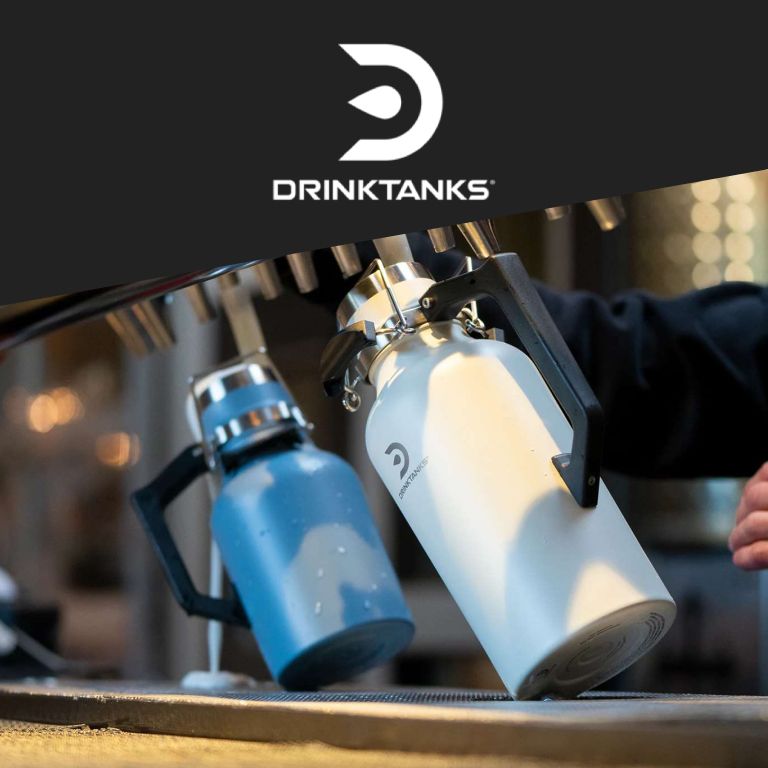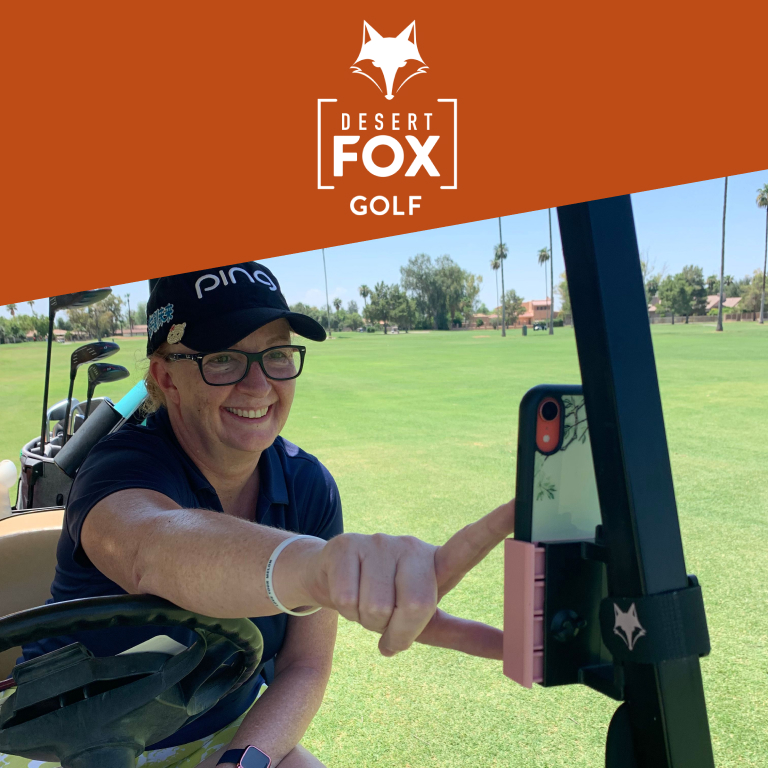How Hole-in-One Insurance works
Part One of Two
In the world of fundraising tournaments, organizers are always seeking innovative ways to attract participants and raise funds for their cause. One such popular method is the utilization of hole-in-one contest that is backed through insurance. The lure of winning a car, truck, boat, motorcycle, vacation, tickets to the Super Bowl, CASH, etc. adds an exciting dimension to golf tournaments while the insurance coverage mitigates financial risks for organizers and offering enticing prizes for participants.
Understanding Hole-in-One Insurance
Hole-in-one insurance is a specialized form of prize indemnification insurance. Organizers purchase a policy that pays out a predetermined amount if a participant achieves a hole-in-one during the tournament. This coverage is typically used for par-3 holes, where the likelihood of a hole-in-one is higher compared to longer holes.
Benefits for Fundraising Tournaments
1. Increased Participation:
– Hole-in-one insurance adds an element of excitement and anticipation to the tournament, attracting more golfers to participate.
– Players are motivated to register for the event, especially knowing there’s a chance to win a significant prize.
2. Enhanced Fundraising Potential:
– The allure of a valuable prize encourages participants to buy additional raffle tickets, bid on auction items, or make donations, thereby boosting fundraising efforts.
– Sponsors may be more inclined to support the event, knowing their contributions can result in heightened visibility and goodwill associated with offering a high-value prize.
3. Risk Mitigation:
– Organizers are protected from the financial burden of paying out the prize if a hole-in-one occurs.
– Instead of bearing the entire cost themselves, organizers pay a relatively small premium for the insurance policy, providing peace of mind and financial security.
Implementing Hole-in-One Insurance
1. Choosing Coverage:
– Organizers should select an appropriate coverage amount based on the value of the prize they wish to offer and the budget of the event. Keeping in mind the greater the value of the grand prize, the higher the cost of coverage.
– Factors such as the difficulty of the hole, the number of participants, and the overall tournament budget should be considered when determining coverage.
2. Partnering with Insurers:
– Working with reputable insurance providers specializing in hole-in-one coverage ensures seamless implementation and reliable payout in the event of a winner.
– If you are using a broker, Hole-in-One USA would be an example, be sure to ask who the insurance provider is and what is their rating. A strongly rated insurance company will make sure your winner receives their prize.
– The broker/Insurers can offer guidance on policy options, coverage limits, and premiums tailored to the specific needs of the tournament.
3. Promoting the Prize:
– Effectively market the hole-in-one prize to generate excitement and anticipation among participants.
– Utilize social media, email campaigns, and event websites to highlight the prize and its value, encouraging more golfers to register and support the cause.
Conclusion
Hole-in-one insurance presents a win-win opportunity for organizers of fundraising tournaments. It enhances the overall experience for participants, elevates fundraising potential, and mitigates financial risks for event organizers. By incorporating this innovative insurance solution, fundraising tournaments can reach new heights of success while supporting worthy causes.
See Part Two for additional tips on the various aspects of Hole-in-One contests.








